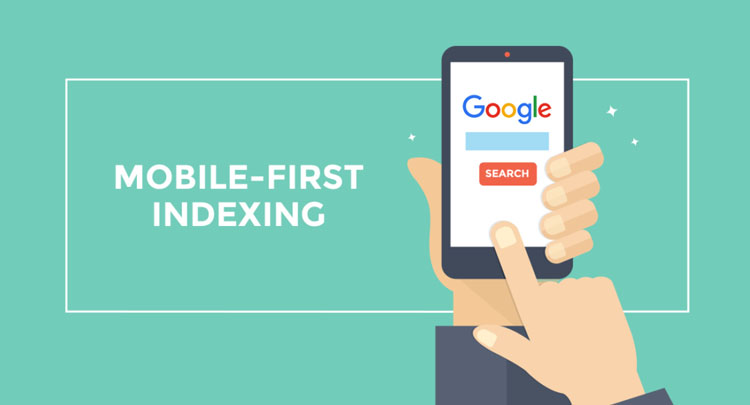Putting Mobile First! Everything You Need to Know…
May 6, 2019 2:33 pm

2018 is the year that brands finally realise the full potential of putting mobile first rather than catering to mobile as an afterthought; which is what has been the usual procedure for companies up until now. On March 26th 2018 Google finally rolled out the Mobile First Index and this has already has a significant impact on SEO and rankings.
If your site is not already fully optimized for mobile your rankings and organic traffic are destined to plummet. Moreover, there is a significant difference between the way that keywords rank on mobile and on desktop, so Mobile First content is needed in order to have the best possible chance of ranking well and being most visible in mobile search. One of many things that make our Digital Marketing landscape such an exciting industry is the fact that it’s ever-changing and not set in stone.
That being said, it shouldn’t come as a surprise that the mobile share in the search has slowly been overtaking desktop and tablets. Google has been very open about optimising the mobile search experience for some years now. This is also due to the rising number of users utilising their smartphones instead of other devices.
What is Mobile First Index?
To summarise everything into one sentence:
“Google is now using the mobile version of a website first to determine rankings.”
This is due to the fact that since 2012, Google has been witnessing a steady rise in search queries conducted from smartphones as opposed to desktop. Fast-forward to 2018 and we can conclude the following:
– B2B queries – 50% are performed using a mobile device
– B2C queries – 60% are performed using a mobile device
According to industry reports this initiative to base rankings on mobile versions of the websites seemed to be mainly fuelled by the discrepancy between the click-through rates of Top 10 SERP results on a mobile device against desktop users.
About 60% of desktop users will click on the 1st result they se, then there is a sharp decline, with the 2th result receiving only about 14.9% clicks. The discrepancy is lower on mobile users, with the 1st result receiving 53% clicks, compared to 22% for the 2nd result.
This aligns with Google’s ongoing initiative to make the SERPs more varied and dynamic. More variety of results for the customer – better user experience and delivery.
How does Mobile First Index work?
One of the common misinterpretations is that Google has created a separate mobile index. This is not true, let us explain to you how it works:
– Google crawls the Mobile version first
– If the mobile version is not accessible it will crawl the desktop version
– Rankings retrieved for both mobile and desktop
If you have both the desktop and mobile versions optimised well, Google will boost your mobile rankings above the desktop rankings. Meaning it is now more important than ever to do both correctly and which is why this we ensure that all of the websites we create are. For more information on our industry-leading digital marketing services please contact us now.